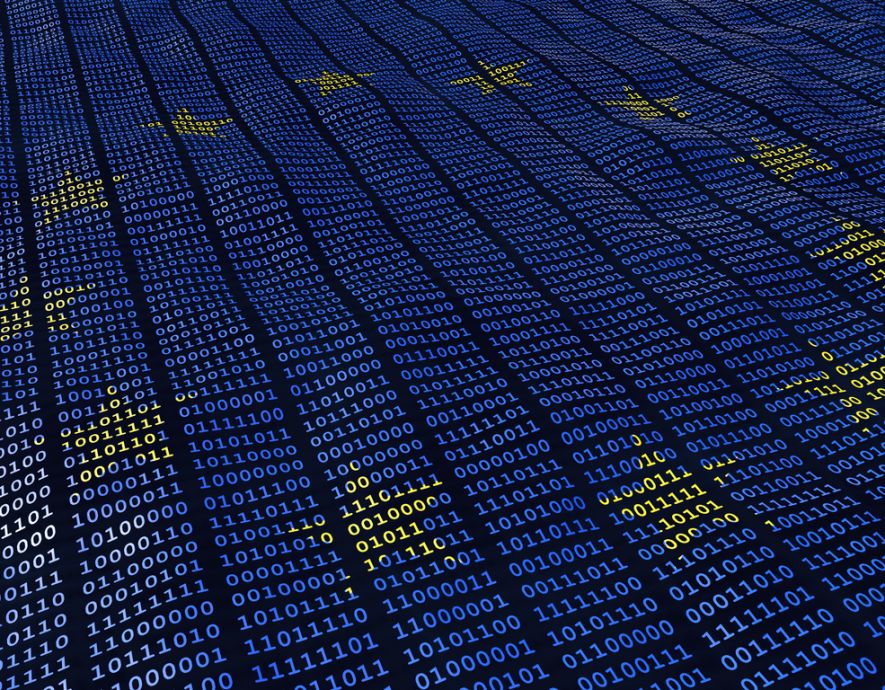
- Home
- Cyber stability
- Between tech and Trump: a Love-Hate relationship
Between tech and Trump: a Love-Hate relationship


“– I don’t know what’s stopping me from smashing your face in!
– Maybe fear?
– Yeah, that must be it!”
This iconic line from the French cult film “Les Bronzés font du ski” irresistibly evokes Mark Zuckerberg’s attitude towards Donald Trump. After holding his ground for years, at the end of January 2025, the Meta CEO agreed to pay $25 million in damages to the American president to settle lawsuits filed after Trump’s suspension from Facebook and Instagram in 2021. That suspension was followed by the deletion of his Twitter account and led to a lawsuit from Donald Trump, who claimed to have been the victim of censorship.
This censorship was also the subject of another reversal by Mark Zuckerberg. Regarding Covid-19, he admitted in a letter to the House of Representatives that he had gone too far in blocking content “under pressure from senior Biden administration officials.” “I think the government pressure was unjustified, and I regret that we were not more transparent about it,” he wrote to Jim Jordan, chairman of the Judiciary Committee. The same mea culpa applied to the Hunter Biden affair, which was censored on his platforms on the grounds that it might have been “a Russian disinformation campaign.” This censorship notably influenced the election by preventing many citizens from being informed about the scandal. Former Twitter CEO Jack Dorsey also stated that he had made “a wrong decision” in censoring this story on his social network. Violating the First Amendment of the Constitution, which protects Americans’ freedom of expression, could indeed expose these companies to major lawsuits, and the “Twitter Files” revealed the extent of censorship on Twitter.
Cold shower for the Democratic camp
As for the Meta CEO, he has since announced that he would abandon prior censorship and his fact-checker information verification system in favor of a “crowd control” system similar to “Community Notes” on X. He was even seen attending the inauguration ceremony of the 47th President of the United States.
This U-turn came as a cold shower for the Democratic camp, which had seen tech CEOs as natural allies. Indeed, Silicon Valley had seemed largely committed to woke causes, both in content management and corporate practices. But Zuckerberg’s sudden about-face (along with a spectacular change of appearance, which some might describe as leaning towards “toxic masculinity”) owes as much to ideological revelation — he is drawing closer to the Tech-Right, discussed later — as to pragmatism.
Heavy legal climate
He has embarked on this major charm offensive in an attempt to convince Trump to drop lawsuits filed by the Federal Trade Commission (FTC) against Meta. To no avail, since the antitrust trial against his company opened on April 14 in Washington. The federal government accuses the GAFAM giant of buying Instagram and WhatsApp to kill competition. The prosecution speaks of a “buy or bury” strategy: “buy or bury” any startup that could become a future threat. If Meta loses its trial, it could be forced to sell the two companies — a credible scenario, especially since, on April 17, Google lost one of its own antitrust cases regarding the online advertising market.
Should we see this heavy legal climate as the reason why many tech executives have changed their stance? Zuckerberg is far from the only one who has pledged allegiance to the new occupant of the White House. Sundar Pichai (Google), Ted Sarandos (Netflix), Masayoshi Son (SoftBank), and Tim Cook (Apple) have all bent the knee to Trump at Mar-a-Lago. Sam Altman (OpenAI) had already declared in December that he believed “President-elect Trump will be very good in this area [AI].” Jeff Bezos (Amazon), for his part, decided that The Washington Post — which he bought in 2013 — would no longer publish articles opposing the “free market.” A tough move for a newspaper traditionally rooted in center-left values.
“Madman Theory”
In any case, these moves aimed at securing a more “pro-business” policy from Trump, in contrast to the Biden administration’s harsh stance on the GAFAM and their abuses towards consumers and workers. This was demonstrated by the numerous lawsuits brought by the FTC under Lina Khan’s leadership. This attitude did not sit well in Silicon Valley, even among convinced Democrats like Reid Hoffman, who publicly announced he hoped Kamala Harris would replace Lina Khan if elected. For this declaration, the LinkedIn co-founder faced a storm of criticism from the party’s left wing.
Whether these efforts were successful is uncertain, given how erratic the 47th President’s policy appears. One cannot ignore Trump’s spirit of revenge against political opponents who fought him fiercely during his campaigns and first term. The “Madman Theory” — already used by Richard Nixon in the 1970s — is also at play: being unpredictable, shaking partners and adversaries to push them into accepting today’s proposal, which seems preferable to yesterday’s chaos. However, Trump’s lack of a clear direction is also due to major divisions within his own camp.
Advocates of a Trad-Right (traditional right) line, hostile to unfettered capitalism and supportive of workers’ interests, embodied by J.D. Vance, are currently influential. Gail Slater, appointed head of the Justice Department’s Antitrust Division, and Andrew Ferguson, new chair of the FTC, are both hostile to “Big Tech,” which they see as “too big” — and also too left-wing and too hostile to free speech.
Traditional Right vs. Techno-Right
The wave of tariffs is part of this “MAGA” (“Make America Great Again”) approach. It aims, on one hand, to recoup through tariffs what Big Tech fails to pay in taxes, and on the other, to push companies to reshore operations, ensuring domestic growth and jobs for Americans, while curbing immigration.
The sole exception: artificial intelligence. Trump advocates a completely laissez-faire approach… supported by a titanic $500 billion investment plan over four years. The “Stargate” project brings together SoftBank, OpenAI, and Oracle, and also relies on Arm, Microsoft, and Nvidia. AI is a major strategic issue in the Sino-American rivalry that Trump has made central to his foreign policy.
It’s likely the president follows the advice of his main AI advisor, Sriram Krishnan, one of the many “Techbros” (a form of tech-world male camaraderie) surrounding him, even though Krishnan himself doesn’t display strong political convictions. Trump also relies on David Sacks, a former PayPal executive, entrepreneur, and investor, whom he appointed “czar” in charge of artificial intelligence and cryptocurrencies. Trump announced at Sacks’ appointment that his role would be “to work on a legal framework so that the cryptocurrency industry gets the clarity it demands and can thrive in the United States.” Sacks is a conservative libertarian, supportive of maximal individual freedom and minimal government.
Impossible Synthesis?
The most famous representative of the libertarian Tech-Right is naturally Elon Musk, one of Trump’s close advisers. Musk has an AI company in his portfolio and also opposes both wokism and government regulation… even though the federal government is his largest client. A contradiction that doesn’t prevent him from joyfully slashing federal spending as head of the DOGE — the “Department of Government Efficiency.”
The picture would not be complete without mentioning Peter Thiel, co-founder of PayPal, early investor in Facebook, and founder of Palantir, a big data company closely linked to the CIA. As early as the 1990s — when the question of Silicon Valley’s leftward tilt wasn’t even an issue — Thiel openly expressed conservative and libertarian views and supported Trump as early as 2016.
For proponents of this movement, only technological progress can restore America’s greatness, even at the cost of a “brain drain” — qualified immigration, particularly from India — one of the main points of contention between the Tech-Right and the Trad-Right, who oppose any form of immigration. The two currents also differ on the type of jobs to promote in the U.S.: automation and robotics for the former, human jobs for the latter. The Trad-Right distrusts AI and its potential excesses, while the Tech-Right sees it as the cornerstone of the future society. In this new quarrel between the ancients and the moderns, Trump has yet to make a clear choice and is instead trying to achieve an extremely risky synthesis.
the newsletter
the newsletter



